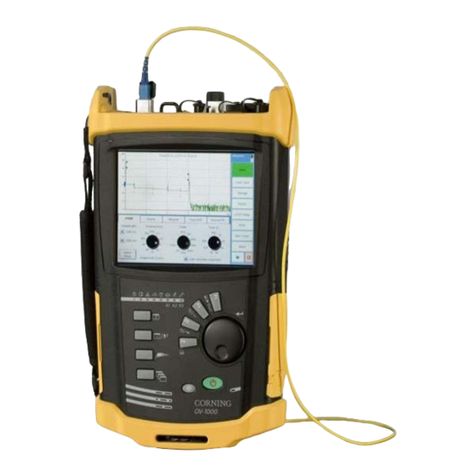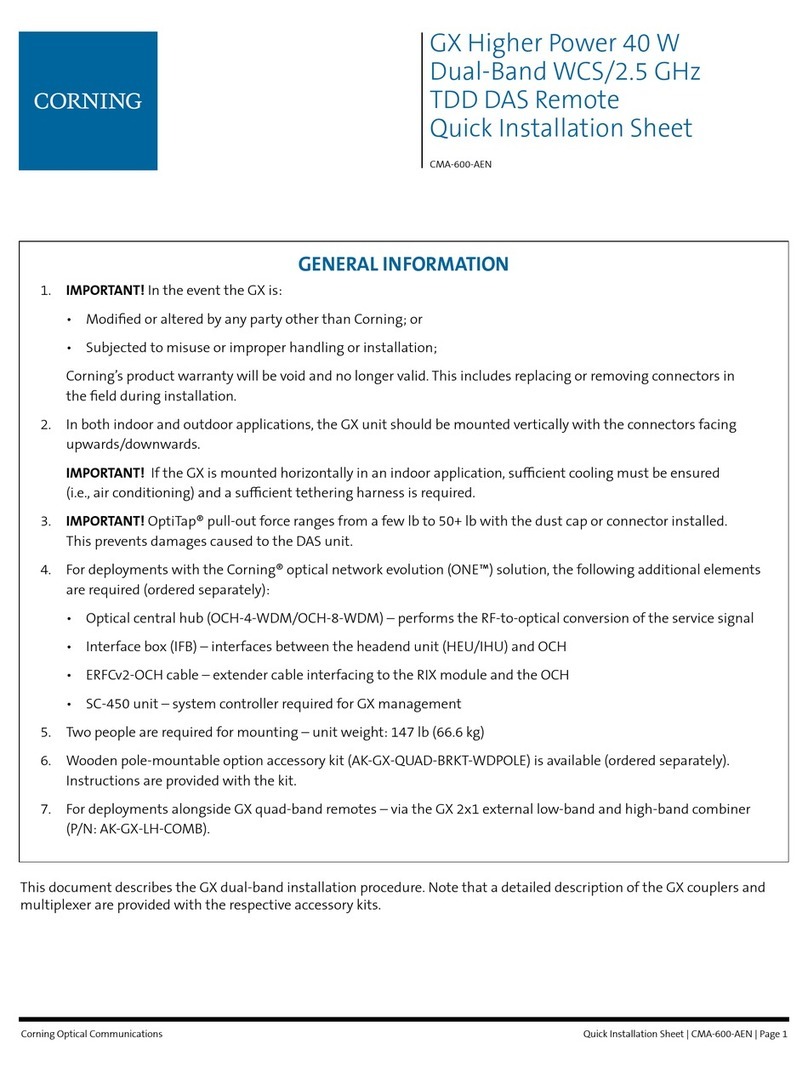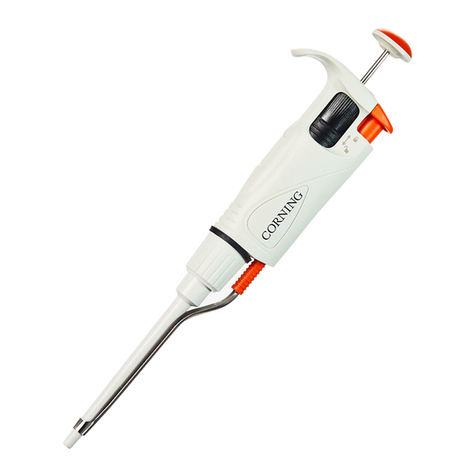1
109118-1 Rev. A,10/96
Instruction Manual
This manual contains complete instructions for setting up and using
the 440 pH meter. Applications information is also available.
The information contained in this manual was correct at the time of
going to print. However, we continue to improve products and reserve
the right to change specifications, equipment and maintenance
procedures at any time.
This manual is copyrighted, and all rights are reserved. No part of
this manual may be reproduced by any means or in any form without
prior consent in writing.
The power supply unit is classed as IEC Class II equipment
(equipment providing an adequate degree of protection against
electric shocks, in which additional safety precautions, for example,
double or reinforced insulation, are included). The 440 is intended for
use by persons knowledgeable in safe laboratory practices. If the 440
is not used in accordance with these instructions for use, the
protection provided by the equipment may be impaired.
The 440 is suitable for direct current only.
This equipment generates, uses and can radiate radio frequency
energy and if not installed and used in accordance with the
instruction manual, may cause interference with radio
communications. It has been tested and found to comply with the
limits for a Class A computing device pursuant to Subpart J of
Part 15 of FCC Rules, which are designed to provide reasonable
protection against such interference when operated in a commercial
environment. Operation of this equipment in a residential area is
likely to cause interference in which case the user at his own expense
will be required to take whatever measures may be required to
correct the interference.
There are no user replaceable parts in the 440 or power supply unit.
Do not remove the covers.
440 pH Meter







































